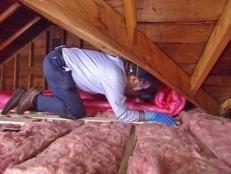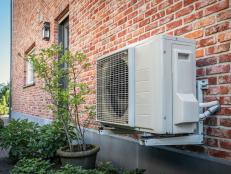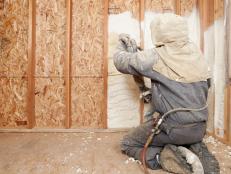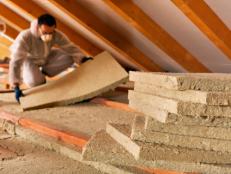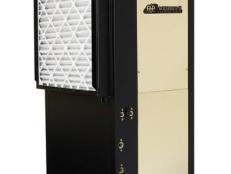Know the Real Value of R-Value
With energy costs taking such a huge bite out of the monthly budget, it's little surprise that energy efficiency is the top consideration among those who are building or remodeling a home, according to a recent survey by the National Association of Home Builders (NAHB) Research Center and Icynene Inc. The typical U.S. family spends close to $1,500 each year on energy bills, almost half of which covers heating and cooling costs (Source: Energy Star).
If you're building, renovating or just thinking about improving your home, there are few better ways than the right insulation to enhance the energy efficiency, comfort and even health of your home. The right insulation can pay for itself in monthly energy cost savings, can eliminate hot or cold spots in your home, can help control moisture problems and improve indoor air quality.
Nonetheless, installing insulation is a considerable investment and the decision-making process can be overwhelming. There are dozens of products on the market, none of which you can take for a test-drive or return once installed.
So how do you choose the right insulation for your home? This question helps explain the enduring popularity of R-value as a standard for comparing the energy efficiency of insulation. R-value helps us "compare by numbers" in that the higher the number, the better the insulation is at reducing energy loss. By this measure, you might assume that an R-40 insulation should be far more effective than an R-20 insulation — right? The truth is, there are some good reasons to think beyond R-value when shopping for insulation.
A Leaky Story
To start, what is R-value? R-value was created to measure the thermal resistance to heat flow offered by traditional insulation (conductive flow) in a controlled laboratory setting. What it doesn't consider is that in a real home, heat (and money) also flows in or out through radiation (energy in waves) and convection (air leakage).
You might also think that increasing insulation R-value provides a proportionate increase in its ability to control energy loss. In reality, an R-8 insulation already controls 90 percent of potential energy loss through a material (Source: Fourier's Law of Thermodynamics). Upgrading from R-8 insulation to R-32 insulation, for example, would reduce conductive heat flow by only another seven percent (assuming no air can move through the insulation).
The real problem is heat loss through convection (or air leakage), which accounts for as much as 40 percent of the total energy lost by your home (Source: U.S. Department of Energy). And even the best conventional insulation on the market won't control air leakage — regardless of R-value.
So if R-value doesn't provide the help we'd like in comparing insulation, what will? The best strategy is to make a well-informed choice, by knowing the factors that will affect how well insulation performs in your home.






